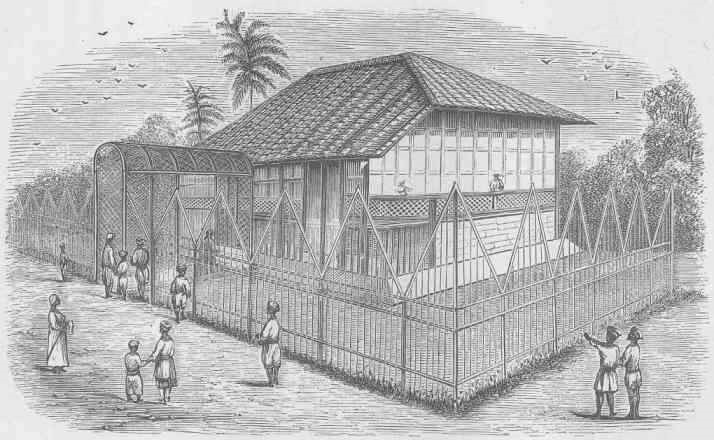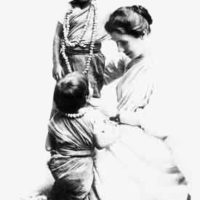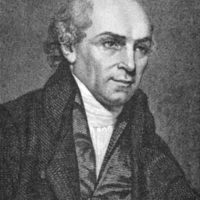When Christians read reports from nations in Africa, the Middle East, and Asia some may wonder why missionaries have not reached out to the unreached long ago. We can easily operate on a false assumption that the current number of unreached and underserved is an indicator of the past failure of others to go and tell the Good News of the Gospel.

Because we have been raised in a culture that has been predominately Christian for nearly two and a half centuries, we tend to see the rest of the world through the lens of American culture.
Our culture was established, at least in part, on Judeo-Christian principles. Each nation has its own cultural identity and system of beliefs based on their culture’s understanding of life.
Charles Mault and Martha (Mead) Mault served together as missionaries to southern India from 1818, leaving Great Britain under the auspices of the London Missionary Society (LMS) just a week after their wedding. Their honeymoon, such as it was, consisted of a five-month sailing voyage from Portsmouth to Bombay. Because they arrived at the onset of the monsoon season, it took another seven months for them to reach Nagercoil in South Travancore near Cape Cormorin.
Even then, Nagercoil was known as the “food basket” of Kerala and had a history of being a significant spice-trading center for pre-Islamic Arab merchants since the 14th century.
The Maults immediately became aware of the deplorable lives led by women and girls in a culture that kept them subservient and offered them few, if any, opportunities. The Maults realized the monumental task that was set before them and approached it with a goal of providing education, training, and encouragement to as many women and girls as they could.
In 1820, Charles and Martha Mault establish the first Girl’s Boarding School in South India. Mrs. Mault taught the girls reading, writing, arithmetic, and geography. She also trained the girls in lace making as an income-producing venture to help them gain financial independence and respect. The Maults served as missionaries in India for nearly 35 years, during which time Charles never took leave or returned home.
During their ministry, they establish a total of 26 Village Schools for Girls. Lace making became a major cottage industry in the region as a result of the number of girls who had received training in the Village Schools. In many cases, girls were able to use the proceeds from their craft to purchase their way out of bonded servitude.
Many of these children are orphans without a friend to care for them who, but for this asylum [the school], would be left to perish in ignorance, vice, and wretchedness – such a child is pitiable beyond expression. Moreover, not a few of these girls are slaves …We teach them in preference to others to make lace, and as soon as their earnings amount to more than their support, a portion of their work is reserved for the purchase of their liberty.
Charles Mault is credited with establishing the first printing press in Nagercoil in 1821.
Despite opposition, the couple experienced many successes, bearing eternal fruit among the Shanars in Tamil areas. The period from 1828 through 1830 was especially difficult as the influence of Christianity clashed with the deeply-embedded caste system, especially as the lower caste girls and women became educated and began to work outside the restrictions imposed upon them by those in upper castes. This is reflected in one of Charles’ good reports from the field.
The work is progressing in most places, and the diffusion of light – by the preaching of the Gospel – the reading of scriptures – the distribution of tracts – the conversation of Christians – and the establishment of so many schools which are yearly becoming more efficient will accelerate it in a very considerable degree.
The desire that many adults have to learn to read and to improve their own understandings – the decline of prejudice [against] female education and the forming of girls’ schools in the villages – the marrying of widows, the renunciation of caste and other evil customs are pleasing signs of the times.
Charles and Martha retired due to ill-health, returning to England in 1854. Both of their daughters married missionaries to India.
Today, the work continues. Despite the many challenges, let us remember that the many results on the field “are pleasing signs of the times.”
To read more news on Missionary Bios on Missions Box, go here.
Sources:
- Faith and Family in South India, Charles Mault 1791-1858 & Martha Mead 1794-1870
- BlogSpot, Milestones of Kanyakumari
- Wikipedia, Nagercoil
Image Source:
- London Missionary Society – 1869 [Public domain], via Wikimedia Commons




